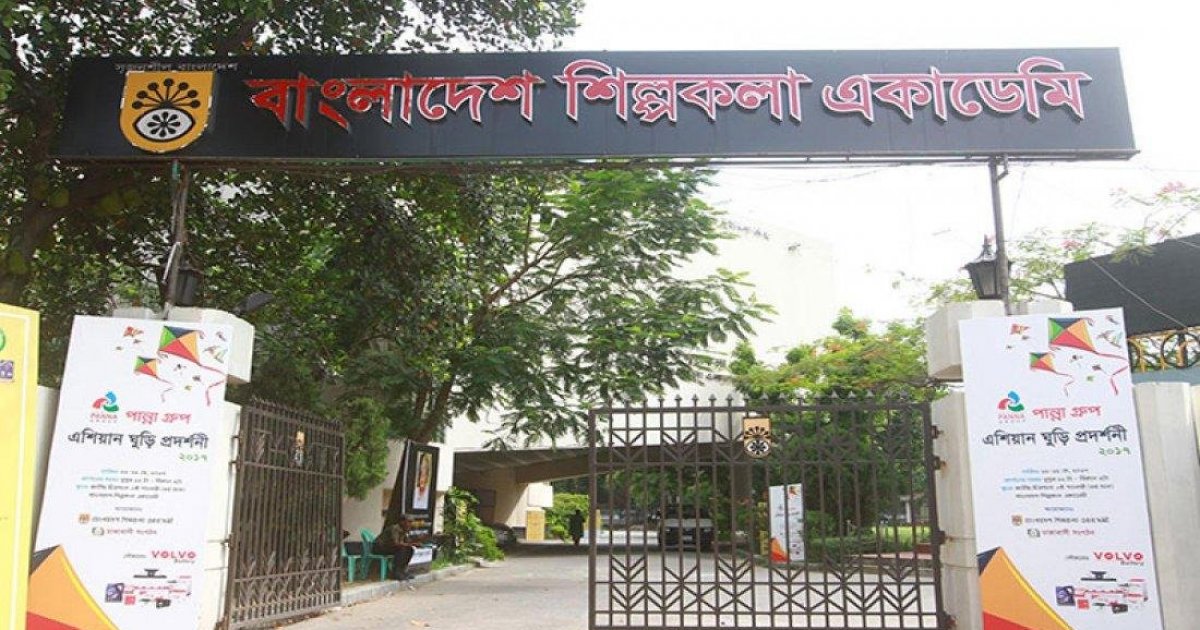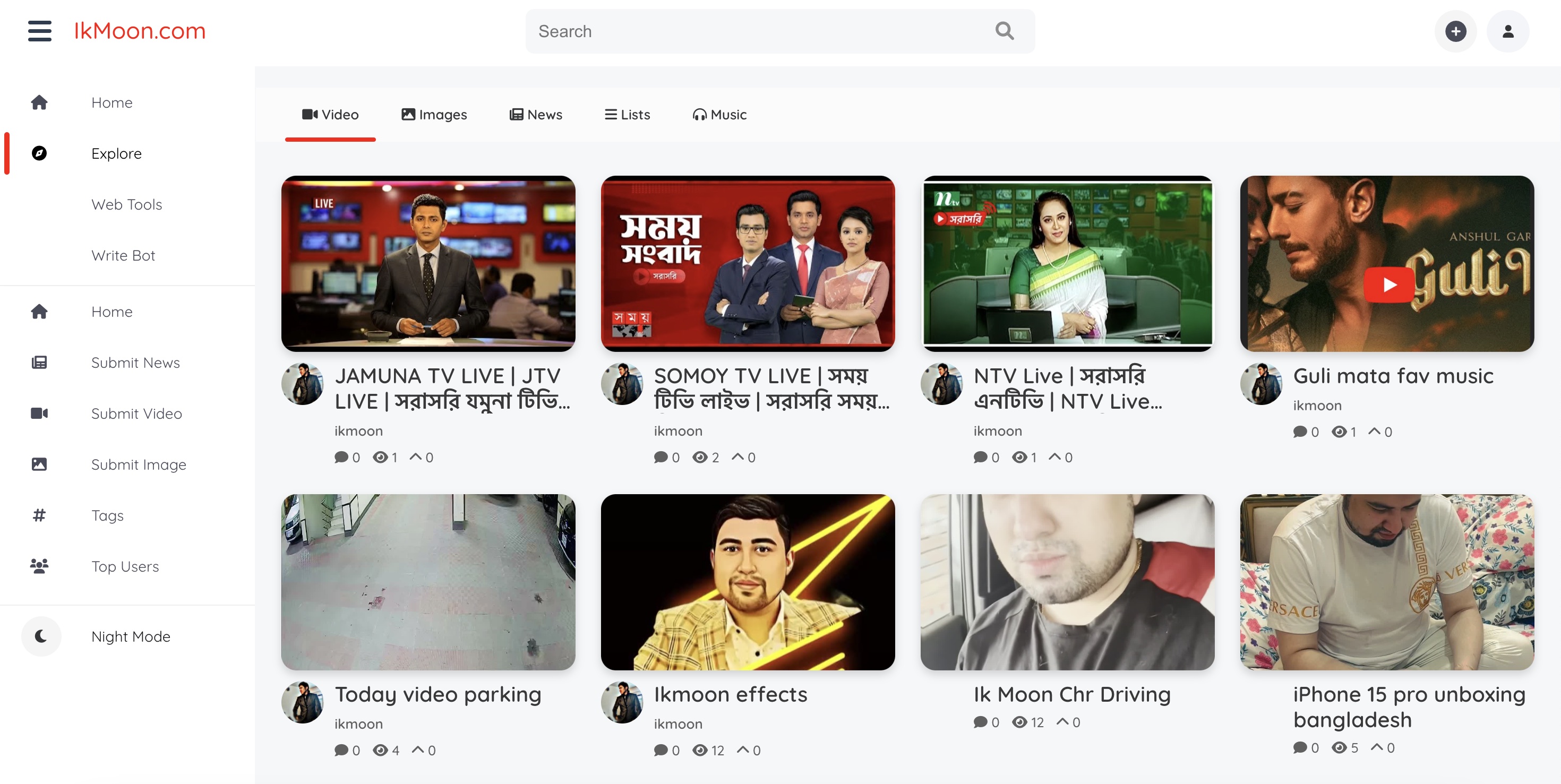Alt ZK solutions can save Ethereum
The post Alt ZK solutions can save Ethereum appeared on BitcoinEthereumNews.com. Disclosure: The views and opinions expressed here belong solely to the author and do not represent the views and opinions of crypto.news’ editorial. Ethereum (ETH) stands at a crossroads. Zero-knowledge proofs, or ZKPs for short, are set to become the backbone of a privacy-preserving, scalable blockchain future, with estimates predicting 90 billion proofs generated annually by 2030. Yet Ethereum’s main chain, even with its remarkable evolution, simply cannot handle this deluge. The gas costs and block space constraints make onchain verification completely impractical, like trying to fit an ocean through a straw. Just as alternative data availability, or DA for short, layers like Celestia and Avail emerged to solve Ethereum’s scaling woes a few years ago, we now need alternative ZK proof verification methods to keep pace with this incoming tsunami of demand. History suggests the pragmatists will prevail. The ZKP explosion is coming, and Ethereum isn’t ready Zero-knowledge proofs have moved beyond niche tech to become a key pillar of blockchain privacy and scalability. From ZK-rollups powering high-throughput layer-2s to privacy-focused dApps, ZKPs are embedding themselves into the fabric of web3. Research from Protocol Labs estimates that by 2030, the number of ZK proofs generated could balloon to 90 billion annually as ZK use cases proliferate, like client-side proving on phones or AI-driven DeFi protocols. This isn’t speculation; it’s a forecast based on the accelerating adoption of ZK technology. Here’s the rub: currently, Ethereum can’t keep up with that demand. If it dedicated every ounce of its capacity—30 million gas units per block—to verifying ZKPs (assuming 200,000 gas per proof), it could handle roughly 150 million proofs per year with roughly half-filled block space. That’s less than 0.2% of the projected 90 billion. Even if you halve the estimate, Ethereum’s L1 is woefully inadequate for this task in its…

The post Alt ZK solutions can save Ethereum appeared on BitcoinEthereumNews.com.
Disclosure: The views and opinions expressed here belong solely to the author and do not represent the views and opinions of crypto.news’ editorial. Ethereum (ETH) stands at a crossroads. Zero-knowledge proofs, or ZKPs for short, are set to become the backbone of a privacy-preserving, scalable blockchain future, with estimates predicting 90 billion proofs generated annually by 2030. Yet Ethereum’s main chain, even with its remarkable evolution, simply cannot handle this deluge. The gas costs and block space constraints make onchain verification completely impractical, like trying to fit an ocean through a straw. Just as alternative data availability, or DA for short, layers like Celestia and Avail emerged to solve Ethereum’s scaling woes a few years ago, we now need alternative ZK proof verification methods to keep pace with this incoming tsunami of demand. History suggests the pragmatists will prevail. The ZKP explosion is coming, and Ethereum isn’t ready Zero-knowledge proofs have moved beyond niche tech to become a key pillar of blockchain privacy and scalability. From ZK-rollups powering high-throughput layer-2s to privacy-focused dApps, ZKPs are embedding themselves into the fabric of web3. Research from Protocol Labs estimates that by 2030, the number of ZK proofs generated could balloon to 90 billion annually as ZK use cases proliferate, like client-side proving on phones or AI-driven DeFi protocols. This isn’t speculation; it’s a forecast based on the accelerating adoption of ZK technology. Here’s the rub: currently, Ethereum can’t keep up with that demand. If it dedicated every ounce of its capacity—30 million gas units per block—to verifying ZKPs (assuming 200,000 gas per proof), it could handle roughly 150 million proofs per year with roughly half-filled block space. That’s less than 0.2% of the projected 90 billion. Even if you halve the estimate, Ethereum’s L1 is woefully inadequate for this task in its…
What's Your Reaction?








































